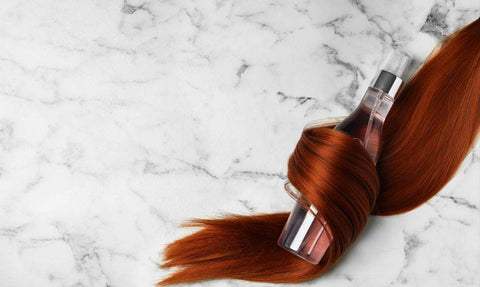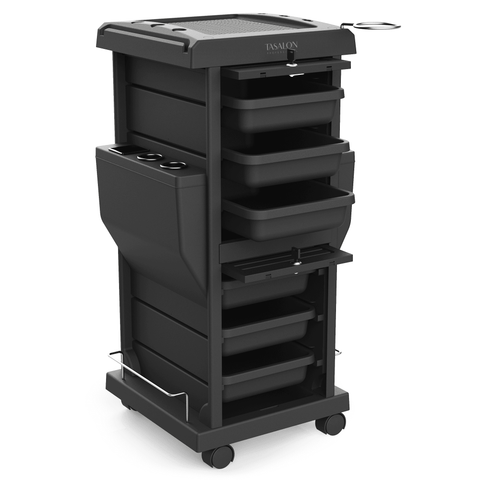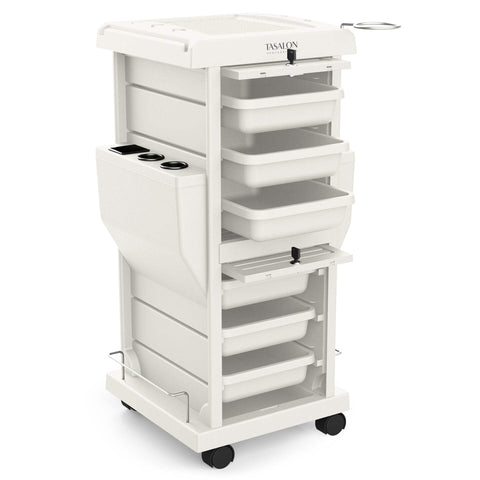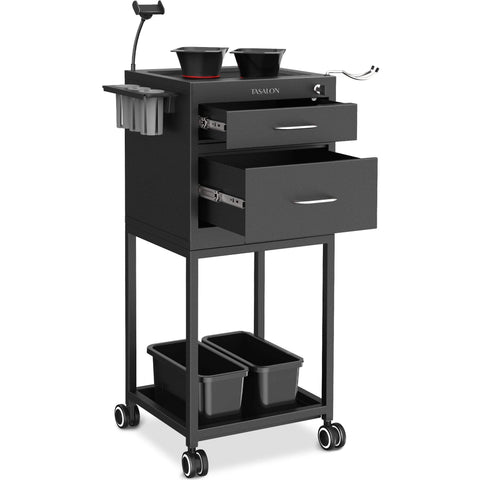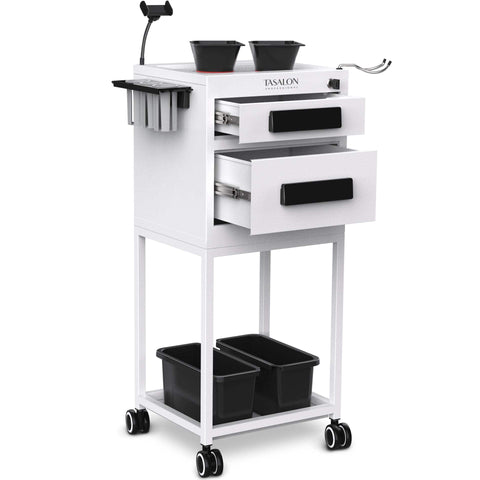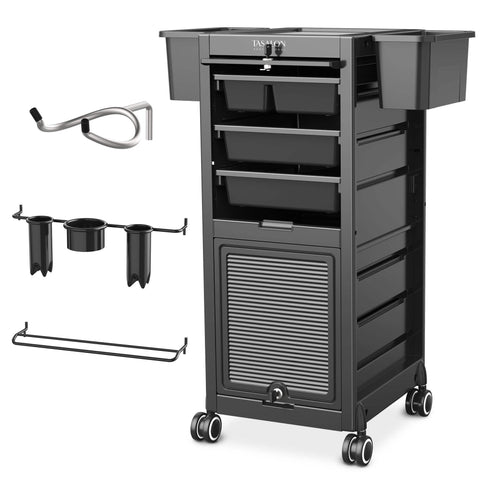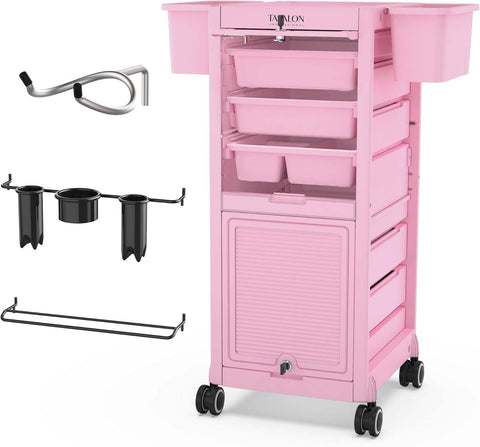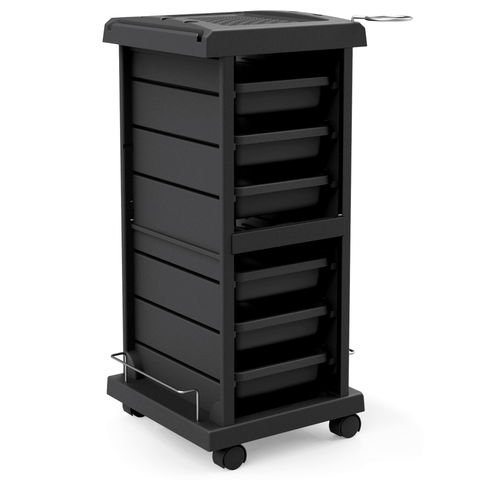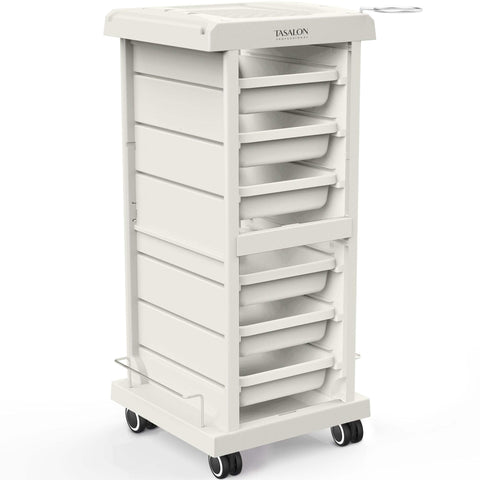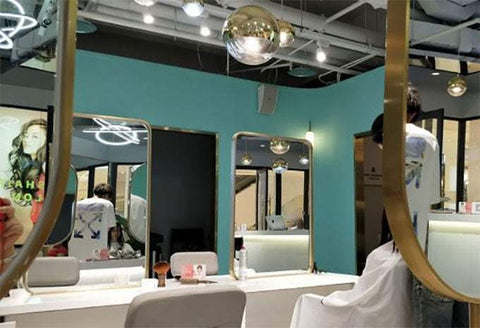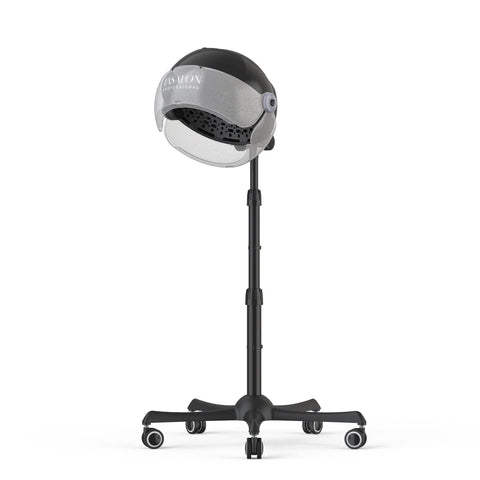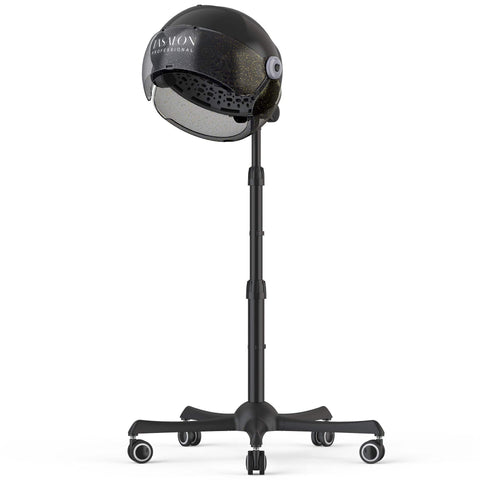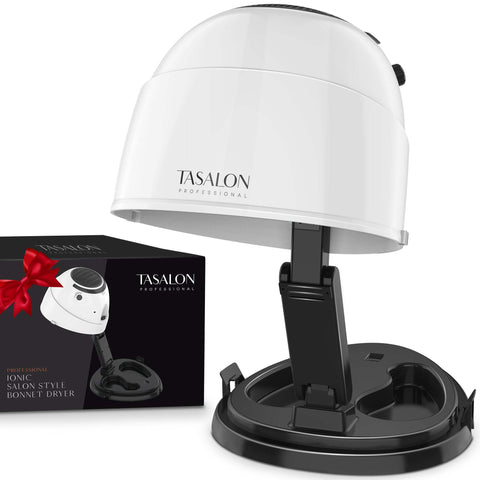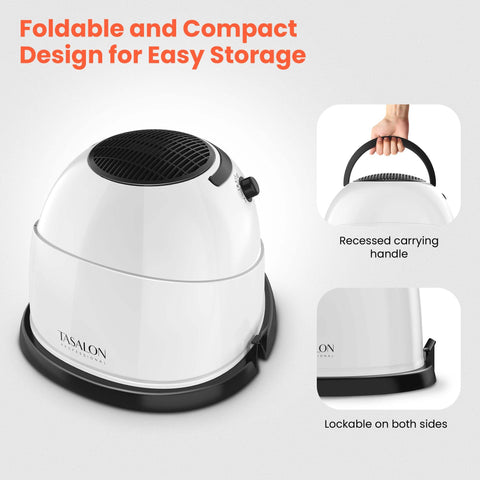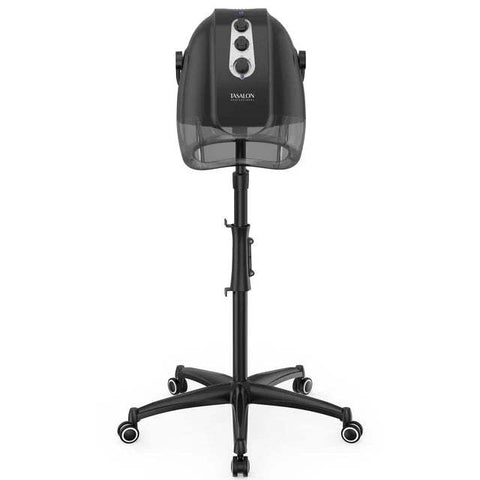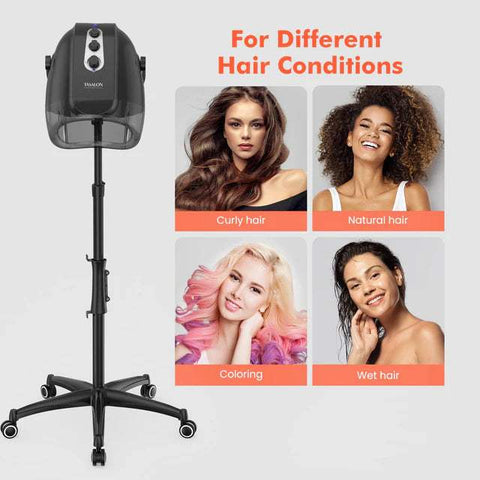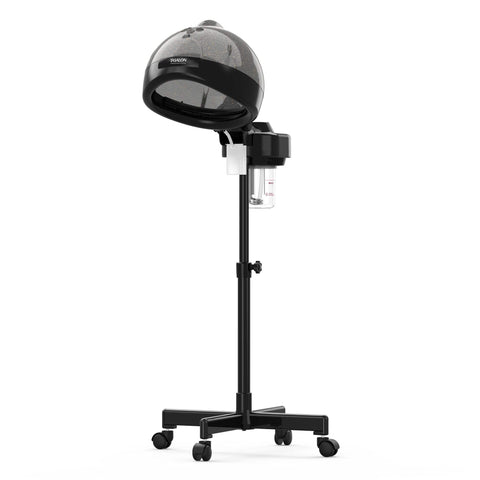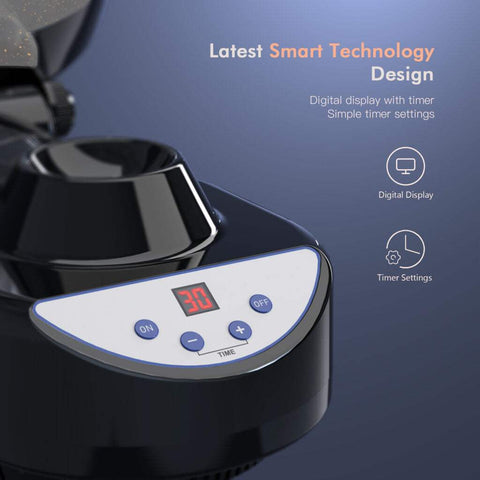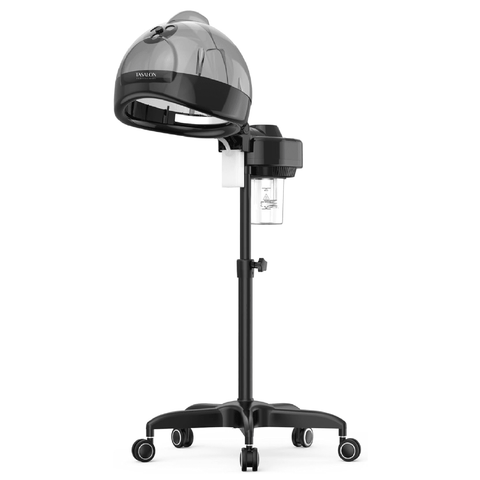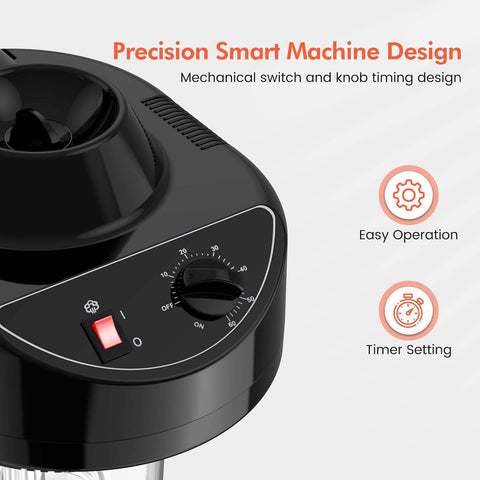Buying a Salon Checklist

Before buying a salon, it's important to understand what to expect. In this article, we'll discuss some of the things you should look for, and create a checklist to help you make the most informed decision. You'll find tips on everything from setting up a retail assortment to creating a business plan.
Buying a pre-existing salon
When buying a pre-existing salon, there are many considerations to keep in mind. For one thing, it is important to learn as much as you can about the previous owner's practices. Some salon owners may have misclassified their employees as independent contractors, or even committed wage theft. In any event, you want to ensure that you are not held liable for their wrongdoings. In addition, you will want to find out if any formal complaints or lawsuits have been filed against the business. Finally, you should not introduce any changes to the operational procedures or policies of the business until you have established yourself.
It is also essential to get to know the employees, both current and prospective. If possible, talk with the staff about the sale and their work. This will help you smooth out any human resources issues that may come up once you become the new owner. Also, be sure to find out the reasons for the sale of the salon. This will ensure that you have a better understanding of what it takes to run a successful beauty salon.
Creating a business plan
When you are buying a salon, it is important to create a business plan for its operation. A good plan can help you get financing and be a success in the industry. You should also make it an ongoing document, so it can be updated and revised as needed.
One of the first things that you need to consider when creating a business plan for your salon is the market. This is important in determining your target market and differentiating yourself from competitors. If you're opening a salon that caters to children, you may want to offer discounts for children, or you may want to target wedding clients.
The next section of the business plan involves creating a financial plan. Creating a detailed financial plan will help you predict costs, refine your cash flow, and track your salon's progress. It can also help you secure a loan for the purchase of equipment. Your financial plan should also include projections for the next three years and a summary of revenues for the first 12 months.
Creating a waiting area
Creating a waiting area is an important part of running a salon. It allows clients to check in, and should include a reception desk, retail displays, and storage for retail items. It should reflect the aesthetics and message of the brand. It should also have seating for visitors.
The waiting area is an important part of a business, and it should be designed to be welcoming. A comfortable, relaxing environment can help calm anxious customers and create positive word-of-mouth. It can also make wait times seem shorter. When buying a salon, it is important to consider the needs of both the customers and the staff members.
Creating a retail assortment
One of the most important aspects of running a successful retail business is creating a retail assortment. This process involves deciding on what products to sell and how to price them. The assortment strategy should be driven by trends and data, and it is crucial to have a good understanding of your target customer's preferences and the market for products.
There are two main types of retail assortments. One is breadth, which is the number of categories of products available, and the other is depth, which is the number of variations within a product line. A department store will typically have a broad assortment, while a shoe store will focus on selling a limited range of shoes. Whether your product assortment is deep or shallow depends on the type of business you are running and the type of customers you expect to serve.
Calculating product needs
Calculating product needs is an essential part of buying a salon. Keeping your inventory at a reasonable level can help you meet demand for retail products and services while minimizing your start-up costs. Not only that, but also maintaining an accurate inventory level will help you maintain a cash reserve for emergencies and fund investment in equipment and software.
The products at your salon's back bar will likely have expiration dates. Color products, for example, have a shelf life of two to three years once opened, and four to five years if unopened. It is also important to realize that brands update their ingredients from time to time. If a client purchases an expired or damaged product, you could lose money. In addition to this, product shrinkage could result in lost income.

